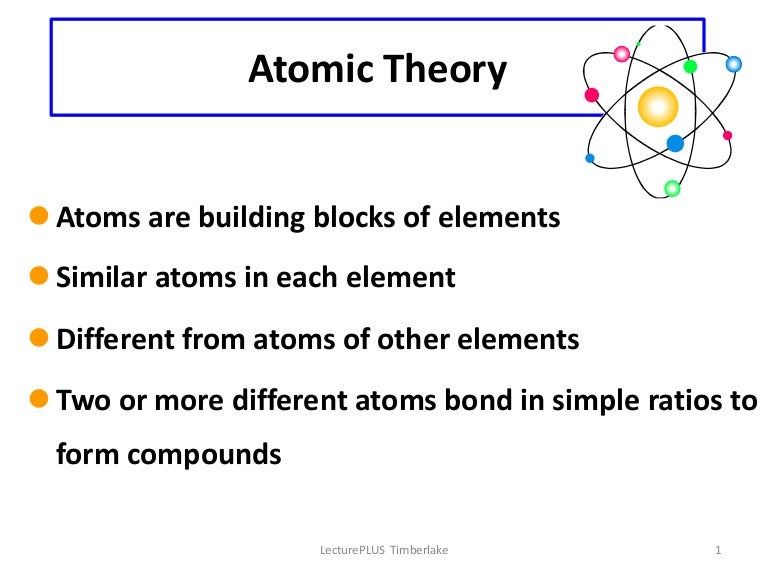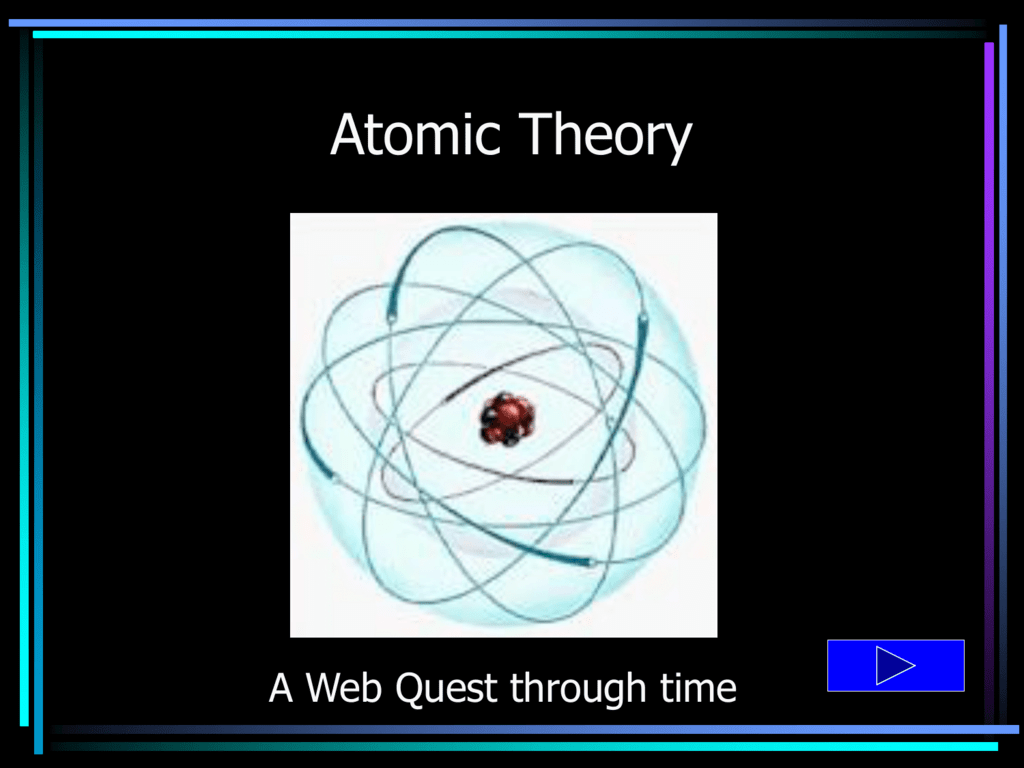

(See our Light I: Particle or Wave? module for more details.) Although both groups presented effective arguments supported by data, it wasn’t until some two hundred years later that the debate was settled. Two camps formed over the nature of light: one in favor of light as a particle and one in favor of light as a wave. The idea had been first seriously hinted at in relation to light in the late 17 th century. This simultaneously simple and complex idea is that light (as well as other particles) has properties that are consistent with both waves and particles. The development of early quantum theory leaned heavily on the concept of wave-particle duality. However, before we reach Pauli and his work, we need to establish a number of more fundamental ideas. If multi-electron atoms did have all of their electrons placed in the lowest energy levels, then very different periodic patterns would have resulted from what was actually observed. The German physicist Wolfgang Pauli made a quantum leap by realizing that in order for there to be differences in ionization energies and atomic volumes among atoms with many electrons, there had to be a way that the electrons were not all placed in the lowest energy levels. (This is discussed in more detail in our module The Periodic Table of Elements.) By the early 1920s, other periodic trends, such as atomic volume and ionization energy, were also well established. In the late 19 th century, the father of the periodic table, Russian chemist Dmitri Mendeleev, had already determined that the elements could be grouped together in a manner that showed gradual changes in their observed properties. Periodic trends lead to the distribution of electrons As such, at the beginning of the second decade of the 20 th century, another rich vein of scientific work was about to be mined. As is consistent with all new scientific discoveries, a fresh way of thinking about the universe at the atomic level would only lead to more questions, the need for additional experimentation and collection of evidence, and the development of expanded theories. Bohr’s new idea that electrons could only be found in specified, quantized orbits was revolutionary (Bohr, 1913).

uncertainty : the difference between the calculated value and the true value in any measurement the numerical value assigned to an estimation of error a measure of the variability that is inherent when measuring any data.Īs discussed in our Atomic Theory II module, at the end of 1913 Niels Bohr facilitated the leap to a new paradigm of atomic theory – quantum mechanics.spin : the angular momentum possessed by individual electrons based on their orientation.

quantum number : Numbers that describe the coordinates of the atomic orbital, including its size ( n, the principal quantum number), shape ( l, the angular quantum number), orientation in space ( m, the magnetic quantum number), and electron direction ( s, the spin quantum number).momentum : the force that an object has because of its mass and motion.Werner Heisenberg’s Uncertainty Principle.Max Born further interprets the Schrödinger equation.de Broglie says electrons can act like waves.Periodic trends lead to the distribution of electrons.Understanding Scientific Journals and Articles.Using Graphs and Visual Data in Science.Scientists and the Scientific Community.Scientific Notation and Order of Magnitude.



 0 kommentar(er)
0 kommentar(er)
